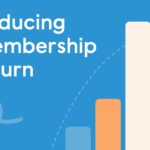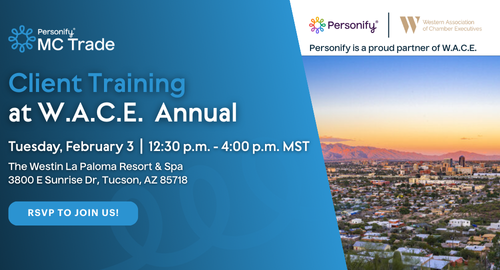What is an Online Community, Really?
“Sometimes you want to go…where everybody knows your name.”
A vibrant digital space. A branded, online destination. A digital collaboration tool. You may have heard these descriptions before to describe an online community. But what is an online community, really? And why do you need one?
Simply put, an online community is a digital platform or online space for a group of people with a common interest, passion or goal to connect and communicate with each other.
An online community connects like-minded individuals or people who have similar experiences. You are likely already part of one or more online communities such as a LinkedIn group for your profession, a Facebook group for your family, or a Nextdoor group for your neighborhood. Your community helps you meet people like you, keeps you informed and involves you in important issues or activities.
Online communities can be focused on hosting discussions and meetings, providing support, inspiring action or a combination of these. Online communities can also be focused on providing year-round support and engagement for annual conferences and events and can help keep the conversation going among attendees, speakers and exhibitors/sponsors long after the event takes places.
Benefits of an online community management platform
You may have an online community set up through a Facebook group, LinkedIn group or other social media platform. While these communities can help engage with people and achieve your goals, they do have limitations and I’ll share a few key differences between them and a private, branded community:
Increased control and security
If you create an online community on a social media site or another open-source platform, it’s important to understand that your community is subject to any and all of the changes that the social media implements with little say or input on your end.
Additionally, your ability to control the way that users’ data and information is used—as well as your own—is fairly limited. This has become an increasing concern for many organizations given the data hacks on social platforms, like the 2018 hack of Facebook data where nearly 50 million users’ personal information was exposed. When you create a private, branded member community, privacy and security are a top priority and you’ll have increased control over how much information to collect from users and where it will be used.
Better access to data
With a private, branded online community, you can have full access to engagement data from your community, which you can combine with Google Analytics and your organization’s internal data to have a full view of your members, volunteers and/or donors. You can use it to track progress towards your goals and understand how the specific contributions of your online community. If your community is hosted on a social media platform, you’ll have limited access to engagement data and be unable to pull reports or leverage metrics to see how your community helps meets your organization’s goals.
More robust engagement tools
A private, branded online community allows you to set up forums, discussions and groups that are tailored to specific topics or needs within your organization. You can gamify the experience with badges, leaderboards and contests to increase engagement and reward your most active contributors. You can also crowdsource user-generated content and host meetings and events with live chat and embedded videos.
The value of online communities for associations and chamebers
Your organization has a wealth of channels where you can reach and engage with your members, volunteers, donors and other stakeholders. These may include your organization’s website, social media channels, digital newsletter, mobile app, and in-person or virtual events.
Your online community plays a crucial role in serving as a collaboration hub to connect people that engage across those channels and across different programs or parts of your organization.
It plays a valuable role apart from your organization’s website because your members, volunteers and/or donors are the ones who are creating content, asking questions and hosting discussions or events—in addition to your staff and community managers.
Your online community not only keep constituents engaged but also provides feedback on which programs and tactics are most effective, identifies gaps or opportunities to deliver more value to users and informs the strategic direction of your organization.
And members are telling us they want to connect with their association or nonprofit via an online community.
In Personify’s latest research report, The Journey Ahead: The Future of Associations, Nonprofits and Events, more than half of all survey respondents shared how important it is for an association to provide digital networking and an online community for members. The survey found that a private, online member community may be an underutilized tool, with less than 20 percent of association staff members saying that they use this channel while more than a third of members said that they would like to engage here.
Is an online community right for you?
There are many things to keep in mind about what an online community is and what it is not. First off, it’s a tool that requires weekly (and more often, daily) care and upkeep. It’s crucial to think about the team resources that will be needed to manage the community including adding and approving new users, posting discussion topics and meeting invites, adding resources and more.
It is not a self-sustaining solution that will be run completely by your user base. In fact, according to a report by the Community Roundtable, in 58 percent of the best-performing communities, the organization’s CEO is an active participant.
Additionally, an online community should be an essential part of your technology stack and it should have an approved, operational and measurable strategy. It should not be a standalone tool and you should be leveraging data from your online community to inform other communication tactics and the strategic direction of your organization.
A measurable strategy means that you’ve taken the time to align on your goals, metrics and key performance indicators (KPIs) for how you’ll measure the success of your online community. And it’s important that they’re part of any initial discussions with a software provider and serve as the building blocks for creating and implementing a community that meets your unique needs.
Keep in mind that no two communities are built the same. Each organization has unique reasons for launching an online community, including how they’re looking to engage their audience and the long-term approach.

















